Paws & Relax: How to Design the Cutest Garden Shed for Your Pet (With Expert Tips!)
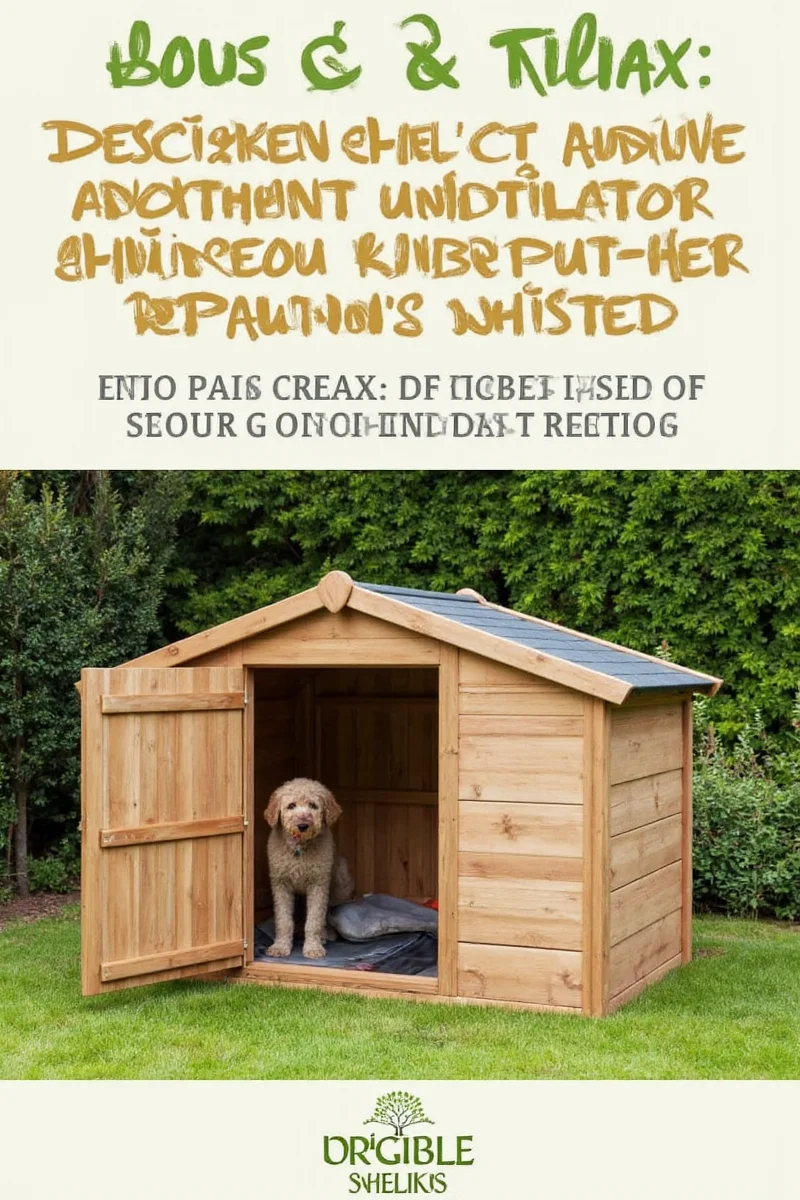
Table of Contents
- Why a Cute Garden Shed is Purr-fect for Your Pet
- Design Tips for a Pet-Friendly Garden Shed
- DIY Projects That Add Personality (and Paw-sibility)
- Buying Guide: What to Look for in a Pet-Integrated Shed
- Top 5 Pet-Safe Garden Sheds Reviewed
- Conclusion: A Little Paradise for You and Your Pet
Why a Cute Garden Shed is Purr-fect for Your Pet
If your pet’s favorite place used to be your lap — but now it's the shady corner under your deck — maybe it’s time to upgrade their hangout spot.
A cute garden shed isn’t just an adorable storage unit or weekend hobby zone — it can double as your pet’s dream retreat. Whether you’ve got a sunbathing cat who needs shade or a curious pup who loves lounging in nature, a custom-designed garden shed gives them the luxury they deserve… while still making your yard look like a lifestyle magazine cover!
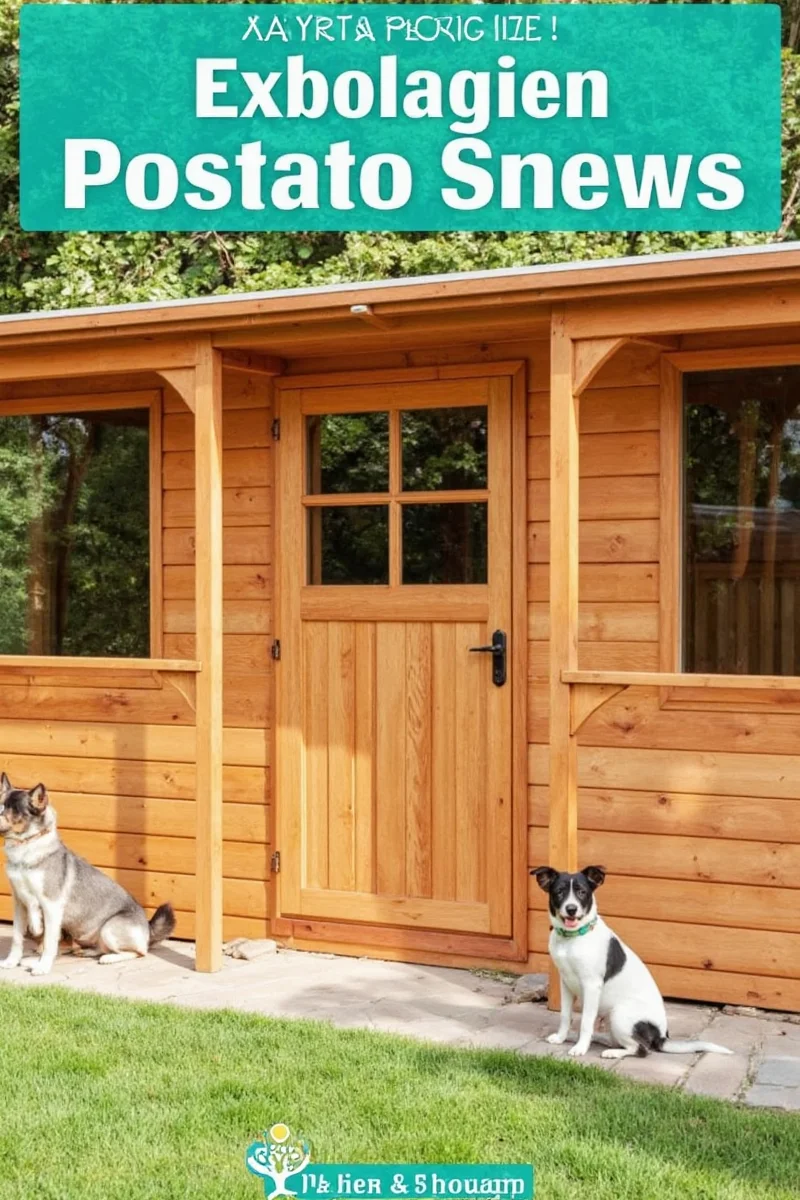
Design Tips for a Pet-Friendly Garden Shed
Here are 7 creative tips to make your cute garden shed both stylish and practical for your four-legged family member:
- Add a Tiny Door (Or Window!) For Pet Access: Make sure there's a pet flap or a low doorway that allows easy access without knocking over a ladder.
- Eco-Friendly Flooring: Choose non-toxic, durable materials like rubber tiles or composite decking so your pet’s paws stay safe.
- Insulate Like It’s Winter Wonderland Season: If you live in a climate with temperature swings, insulating your shed ensures your pet stays comfortable year-round.
- Color Psychology Works on Pets Too: Soothing colors like sage green or soft blue help reduce stress in pets (and humans too!).
- Install a Built-In Feeding Station: Attach removable bowls to the wall or install a low shelf so your pet has a designated dining area.
- Don’t Forget the Views: Install a small window at pet-height so they can bird-watch, squirrel-track, or simply soak up the sun.
- Include a Napping Nook: Build or buy a cozy corner with a washable pet bed, blankets, and even a mini heater if needed.
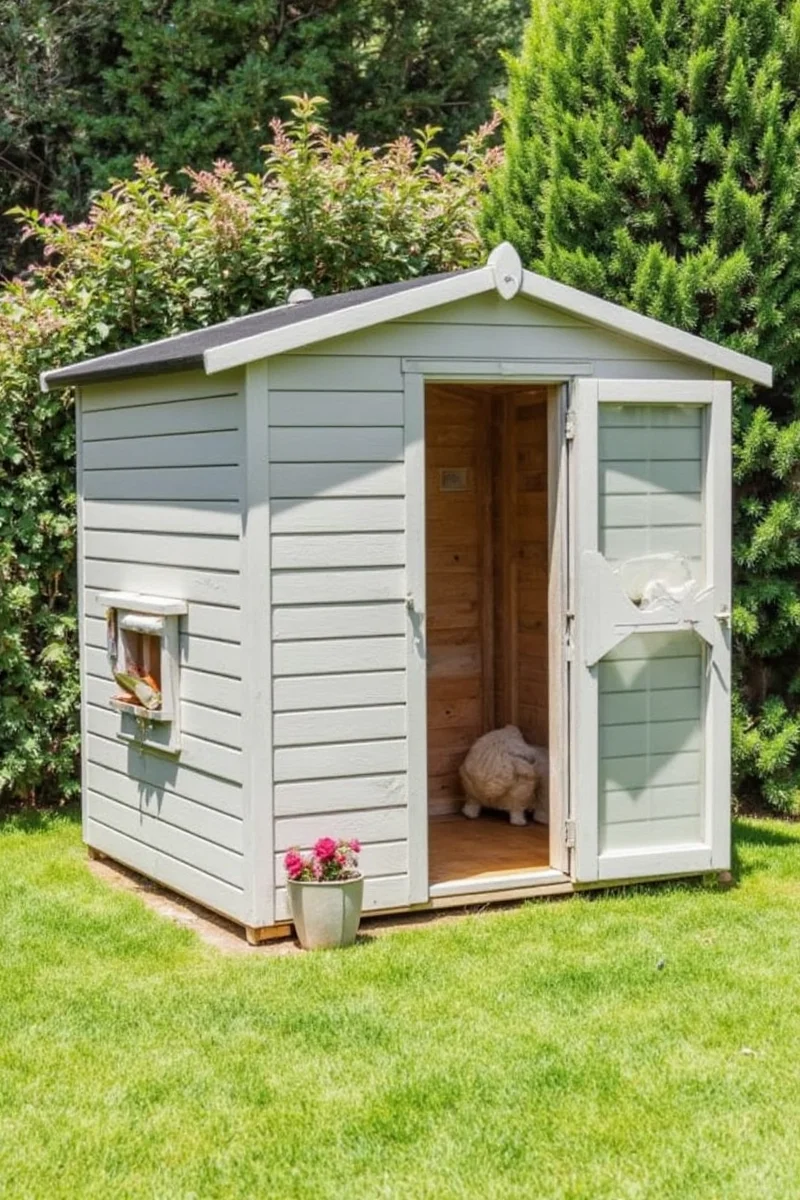
DIY Projects That Add Personality (and Paw-sibility)
Ready to roll up your sleeves? Here are some simple DIYs to personalize your cute garden shed for your pet:
- Custom Nameplate: Carve or paint your pet’s name above the door using weatherproof paint.
- Mini Water Fountain: Add a small solar-powered fountain to attract birds and keep the atmosphere calming.
- Vertical Scratching Post: Cats love climbing — attach a sisal rope post to one wall inside the shed.
- Glow-in-the-Dark Stickers: Stick paw prints or stars around windows for nighttime magic.
| DIY Project | Difficulty Level | Estimated Time | Pet Benefit |
|---|---|---|---|
| Custom Nameplate | Easy | 30 mins | Sense of ownership + fun photo op |
| Mini Water Fountain | Moderate | 2–3 hours | Entertainment and soothing sounds |
| Vertical Scratching Post | Medium | 1 hour | Healthy exercise and claw care |
| Glow-in-the-Dark Stickers | Easy | 15 mins | Nighttime safety and ambiance |
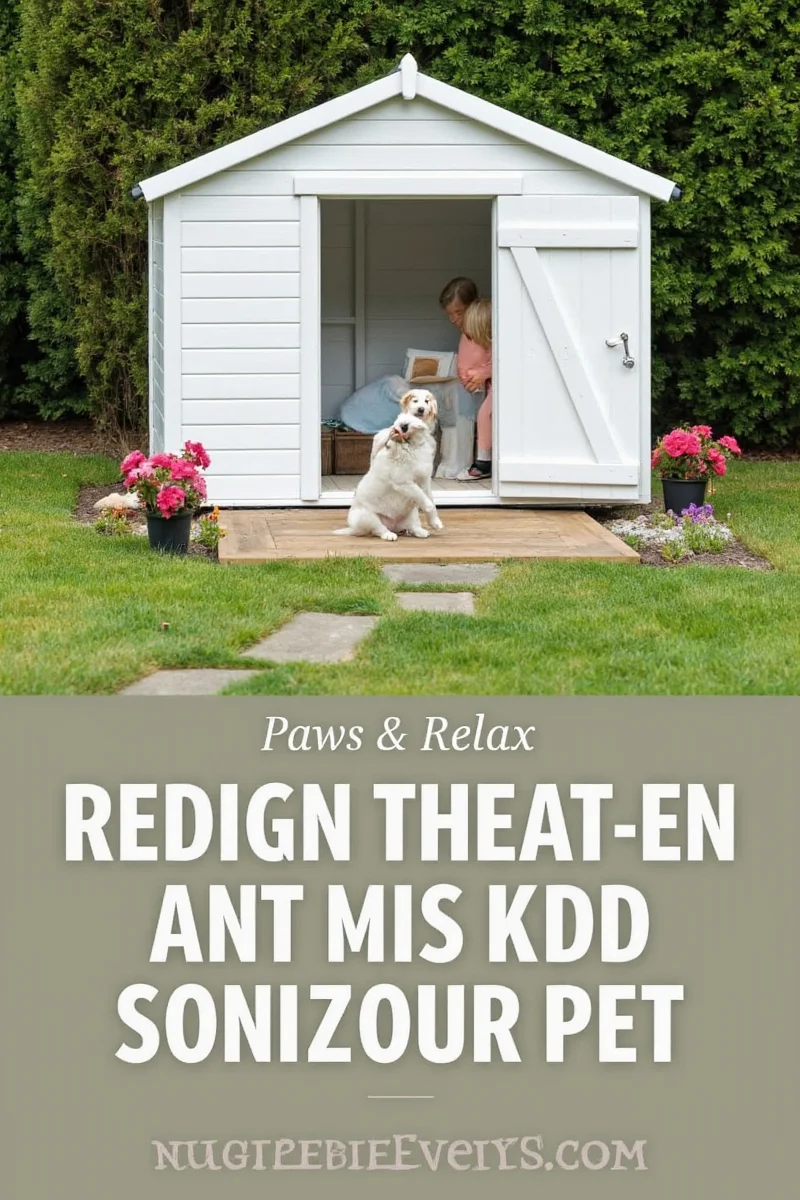
Buying Guide: What to Look for in a Pet-Integrated Shed
Not every garden shed is created equal — especially when your pet’s comfort is on the line. Here’s what to look for when shopping for the perfect cute garden shed:
- Material Quality: Opt for pressure-treated wood, vinyl, or metal for durability against weather and chewing.
- Ventilation: Proper airflow keeps the space fresh and prevents mold or overheating.
- Size & Layout: Make sure your pet can stand, turn around, and lie down comfortably.
- Security Features: Lockable doors, predator-proof latches, and stable foundations are a must for outdoor use.
- Customizability: Look for modular designs or ones that allow easy modifications like adding windows or flooring.
- Weather Resistance: UV-resistant coatings and sloped roofs prevent water buildup and fading.
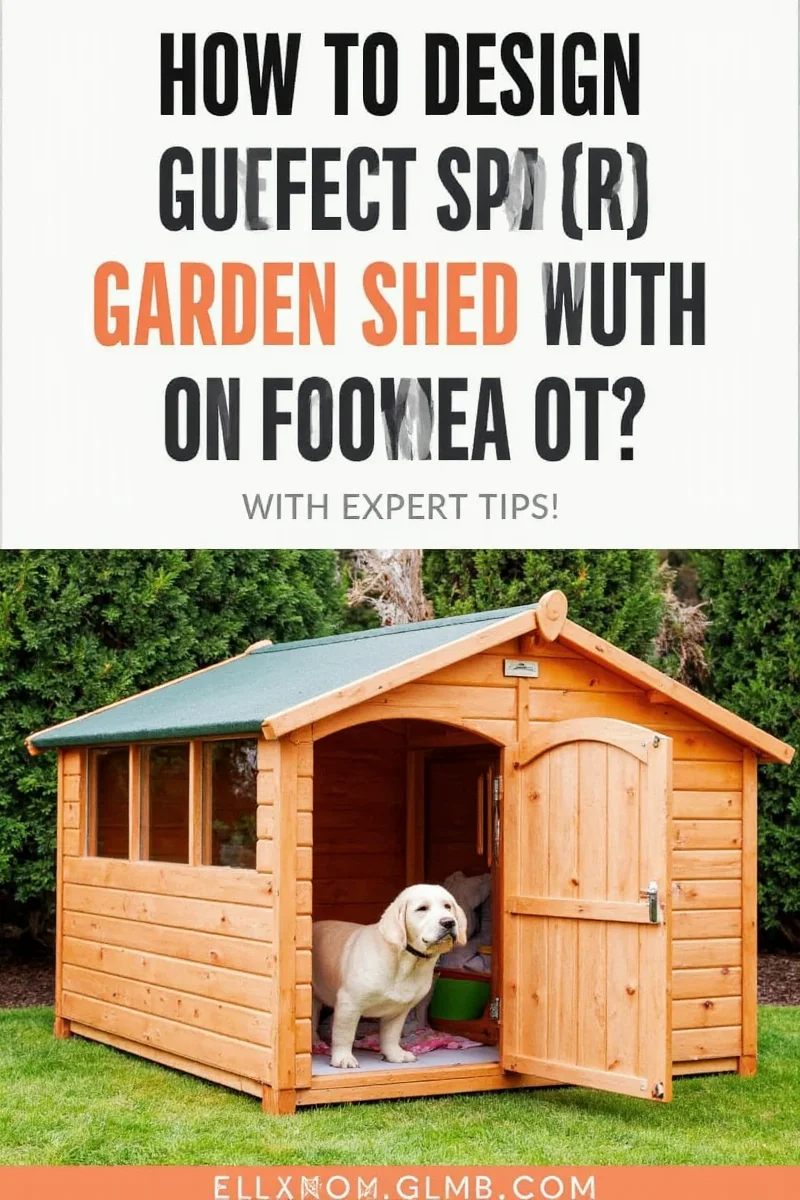
Top 5 Pet-Safe Garden Sheds Reviewed
We rounded up the best sheds currently available that combine charm, durability, and pet compatibility. Check out these adorable yet functional options:
- The Cozy Cottontail Hut
Features: Insulated walls, eco-composite siding, built-in pet flap
Best for: small dogs and cats in mild climates
Price Range: $899–$1,199 - Whisker Haven XL
Features: scratch-proof interior panels, skylight, retractable awning
Best for: multi-pet households and cat lovers
Price Range: $1,499–$1,799 - Urban Paws Studio
Features: foldable roof panels, modular shelving, solar lighting
Best for: modern-style yards and urban pets
Price Range: $1,199–$1,399 - Rural Roam Cabin
Features: natural cedarwood, raised floor, storm-resistant design
Best for: cold-weather zones and large dogs
Price Range: $1,999–$2,399 - Petal & Paws Playhouse
Features: pastel finish, magnetic toy holder, UV-filtered window
Best for: families with kids and playful pups
Price Range: $999–$1,249
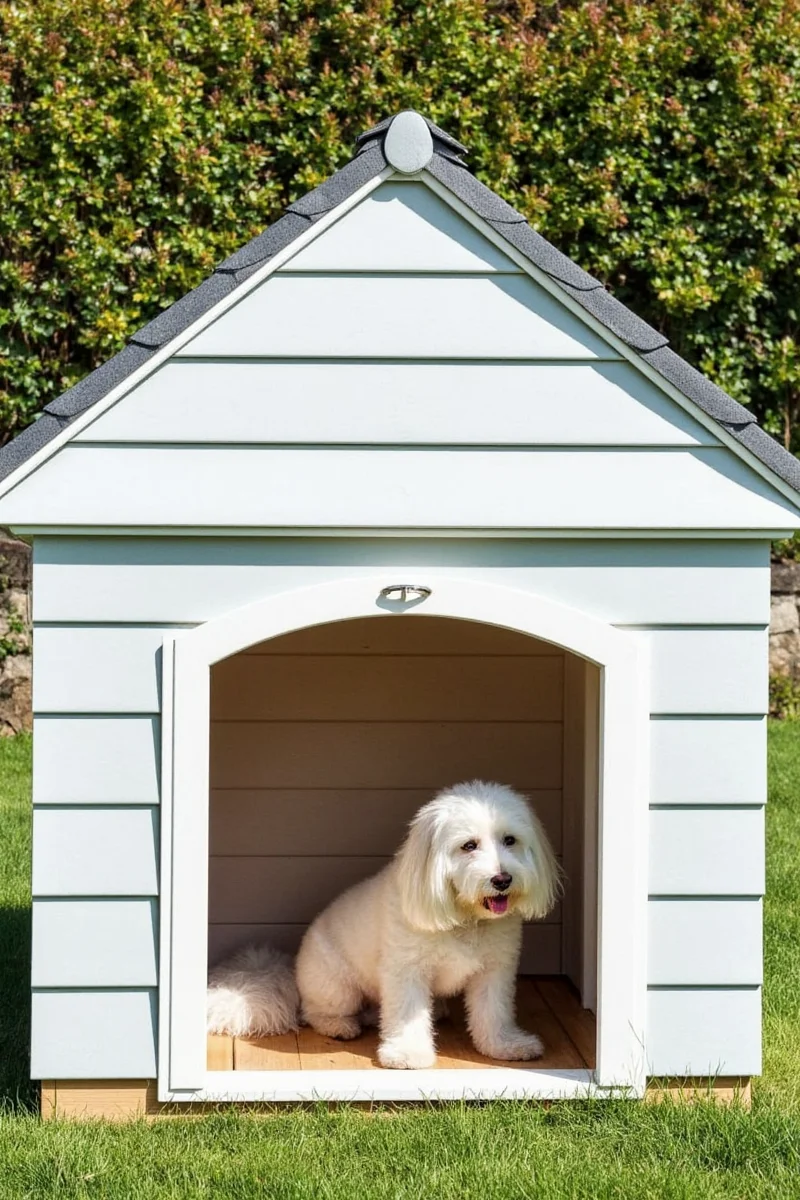
Conclusion: A Little Paradise for You and Your Pet
A cute garden shed is more than just a pretty accessory in your backyard — it’s a sanctuary where your pet can relax, play, and feel part of the family. With thoughtful planning, a few clever upgrades, and the right products, you’ll not only boost your home’s curb appeal but also give your furry friend a personal haven that’s safe, stylish, and totally Instagram-worthy.
So whether it’s a quiet nap-time escape for your cat or a sunny lounge spot for your dog, building a pet-integrated garden shed might just be the cutest project you tackle all year. 🐾
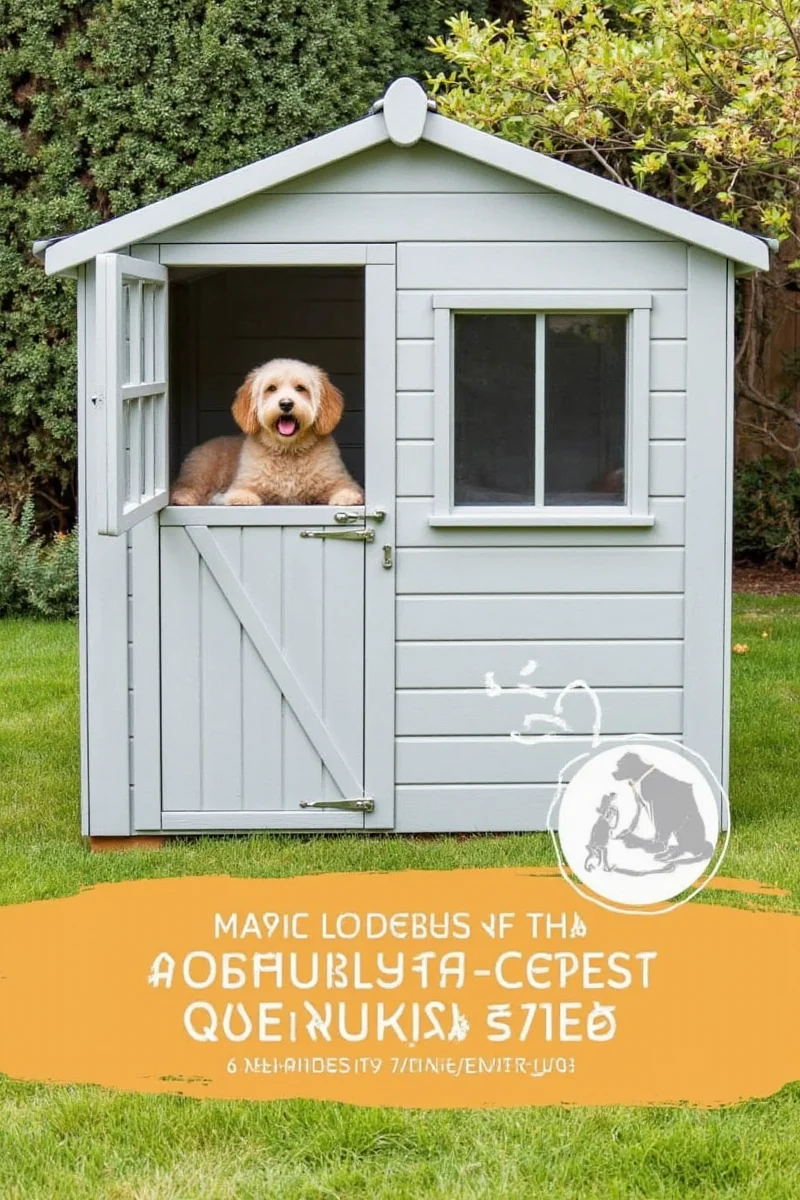

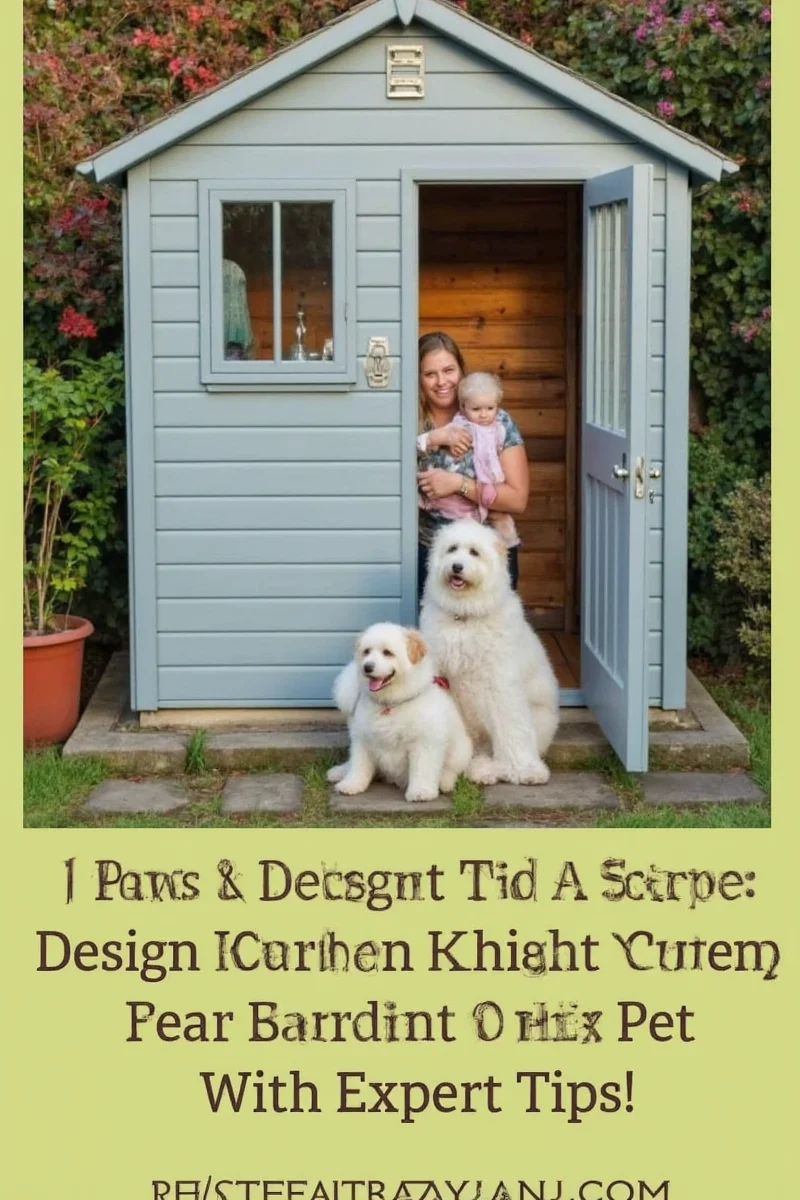









 浙公网安备
33010002000092号
浙公网安备
33010002000092号 浙B2-20120091-4
浙B2-20120091-4